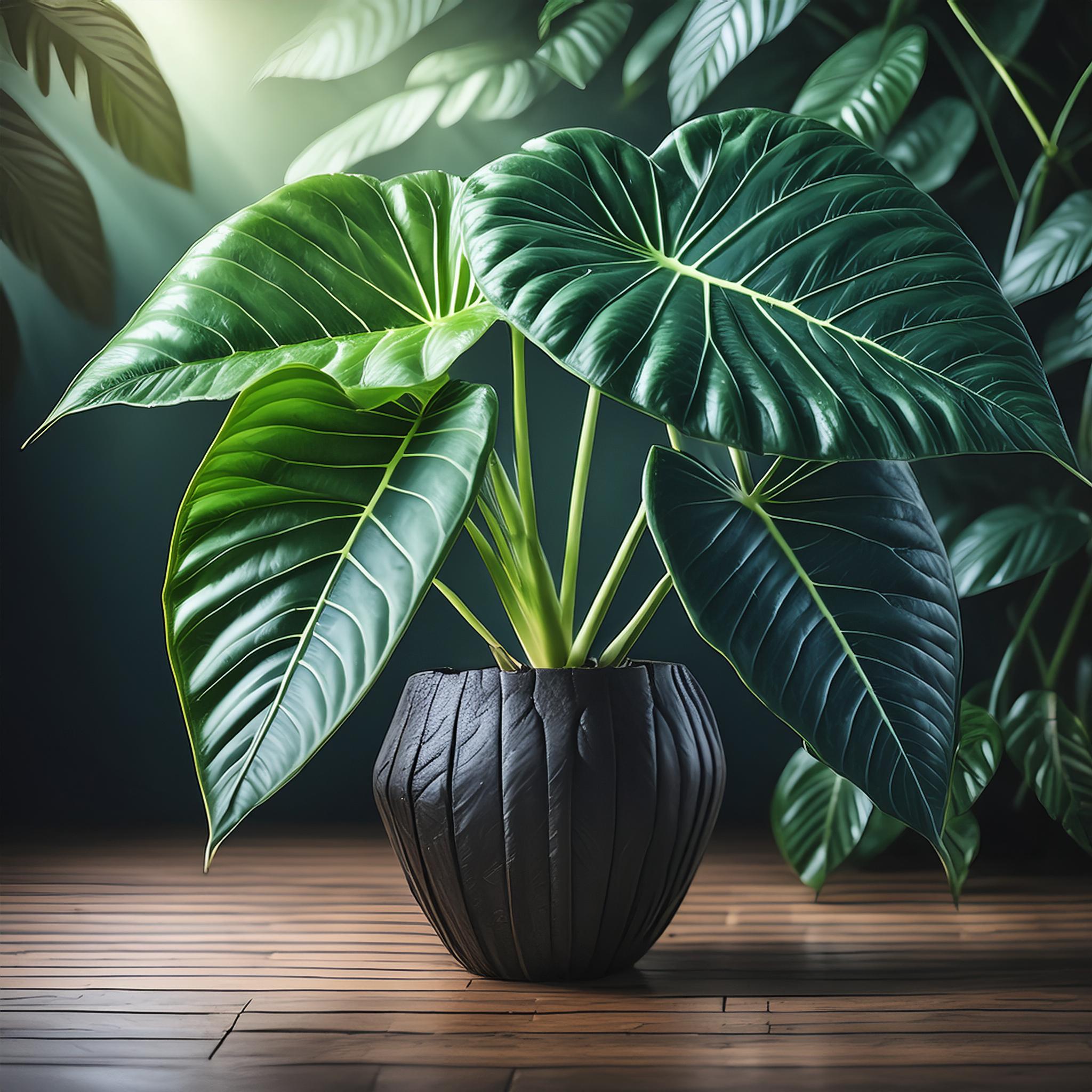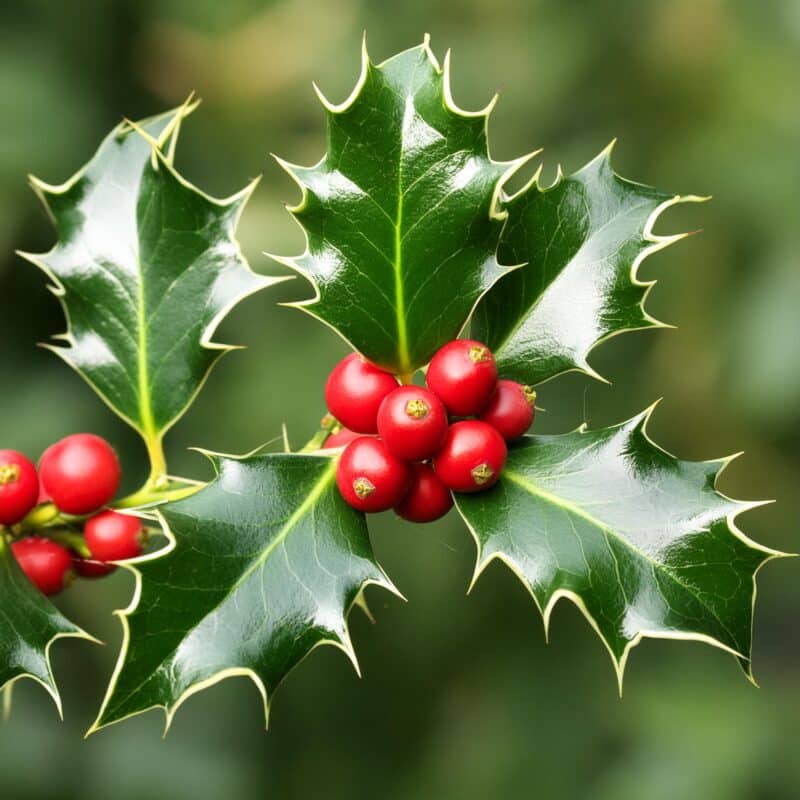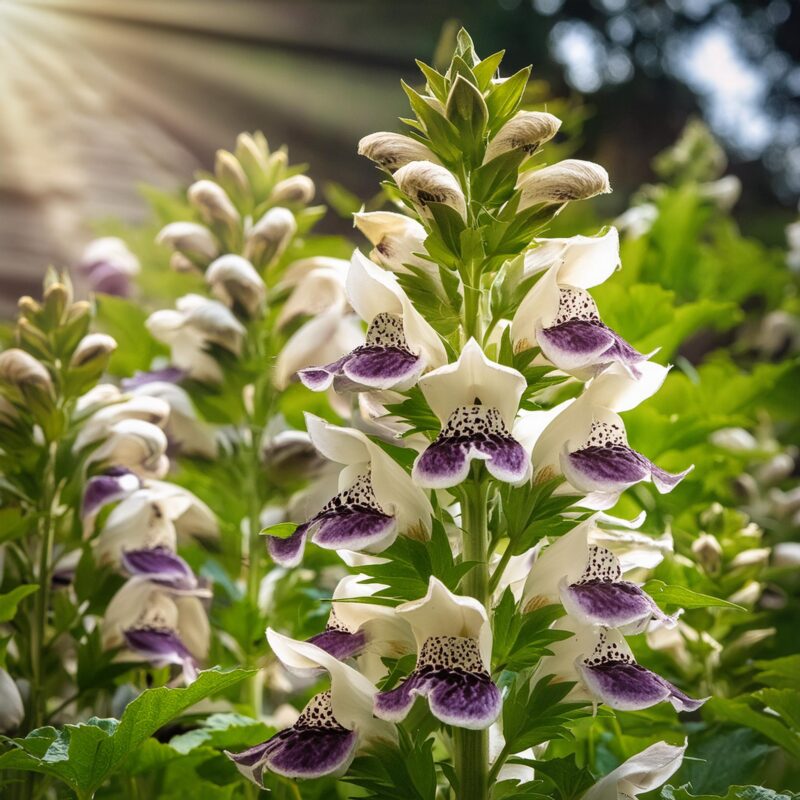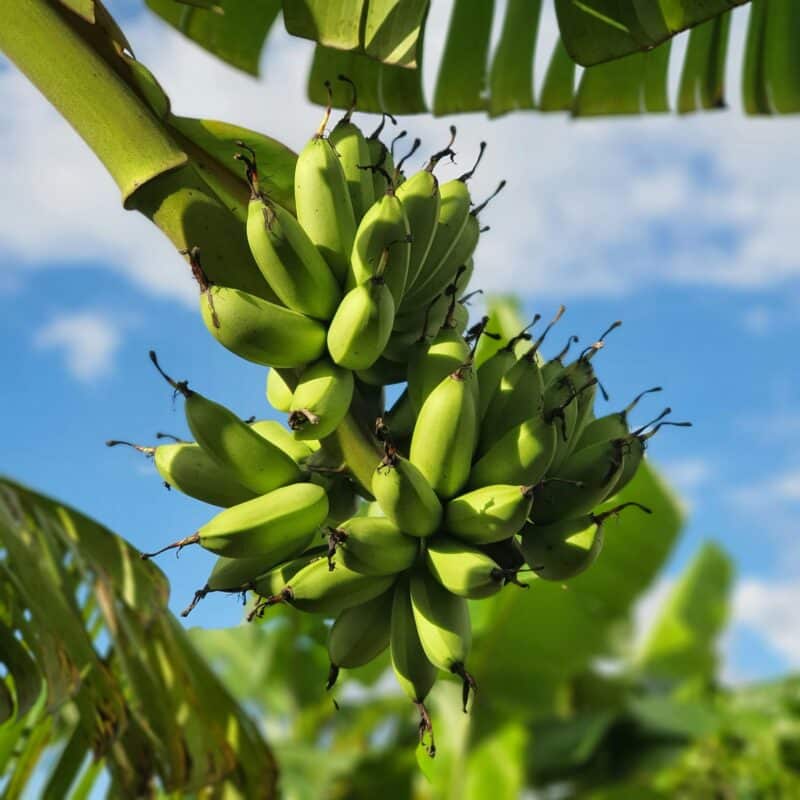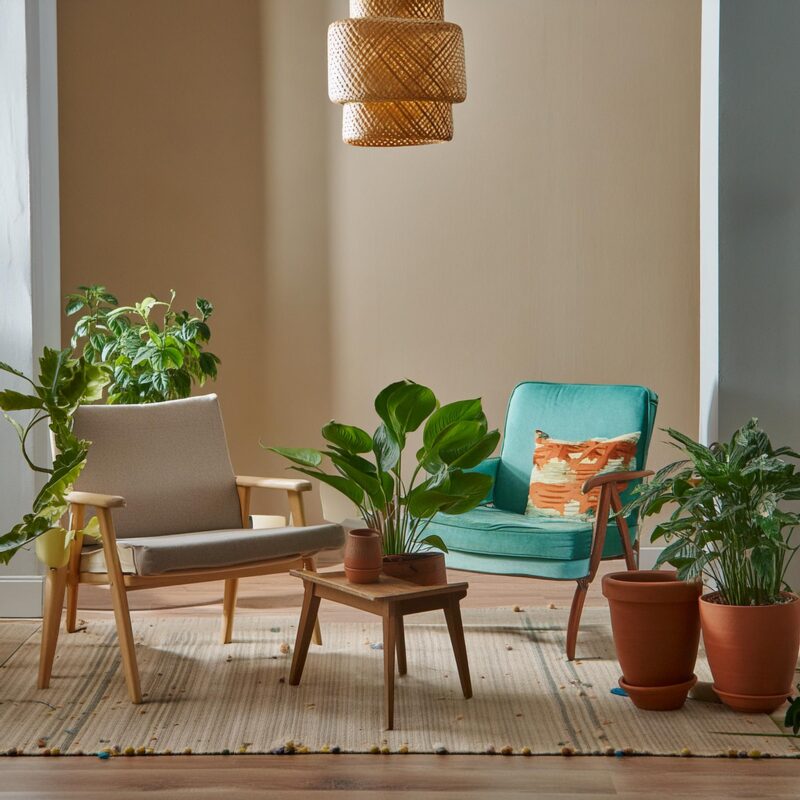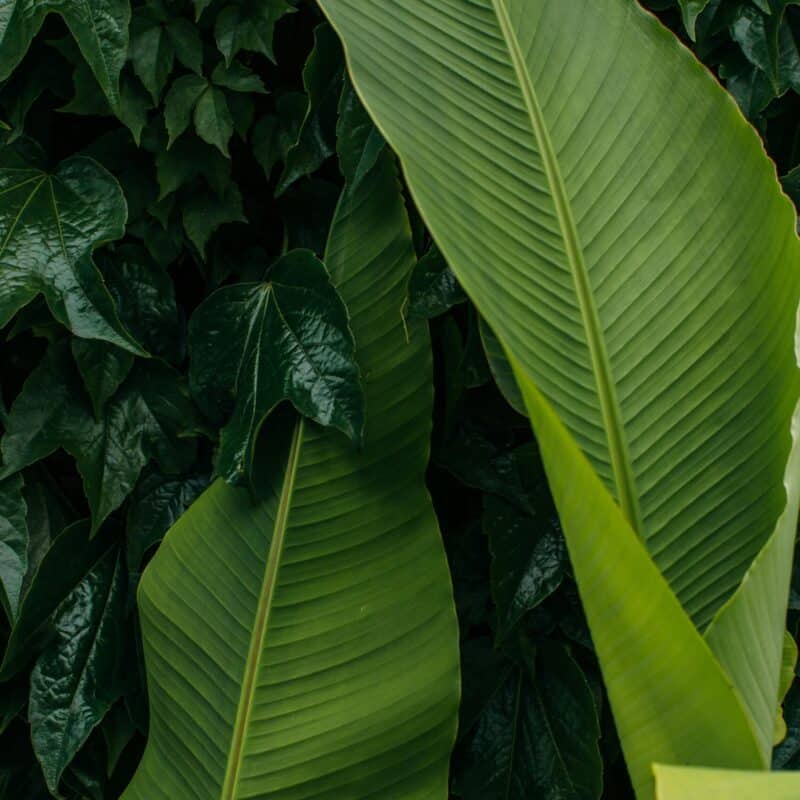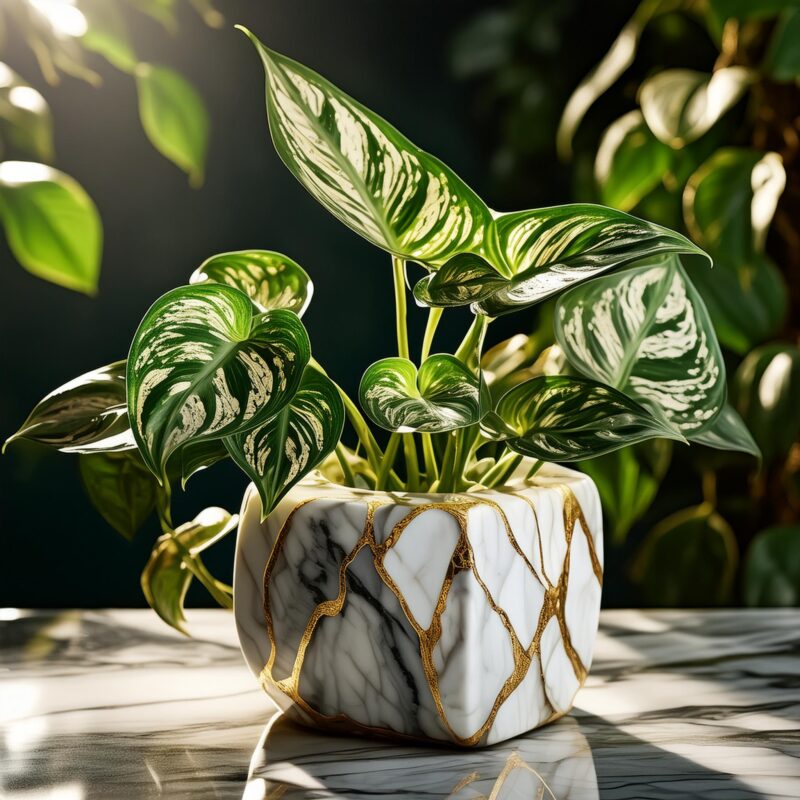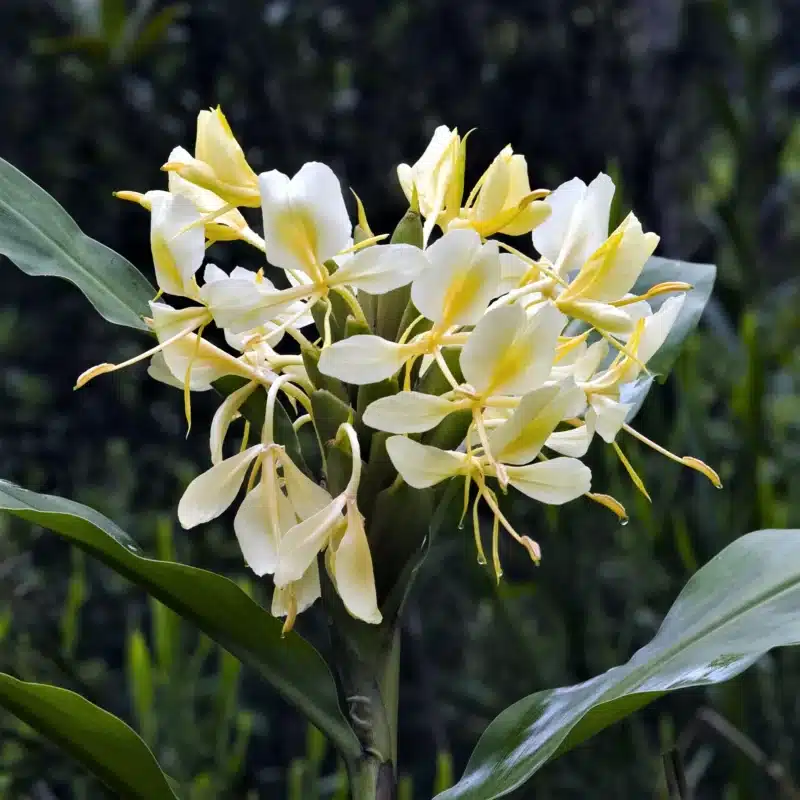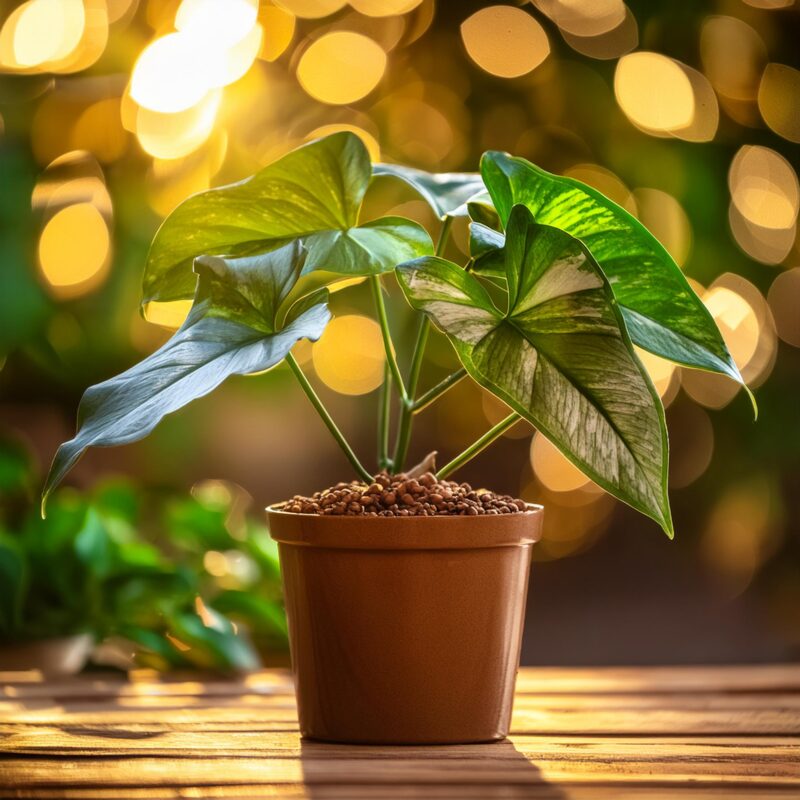Introduction
The Araceae family, commonly known as the arum or aroid family, encompasses some of the most intriguing and diverse flowering plants. From the exotic Anthurium to the iconic Peace Lily, the Araceae family holds a unique place in both botany and horticulture. This extensive family includes over 3,750 species, distributed across approximately 114 genera. Their distinct morphology, fascinating pollination mechanisms, and varied habitats make them a subject of great interest to botanists, gardeners, and plant enthusiasts alike.
In this blog, we will delve deep into the world of Araceae, exploring their characteristics, popular genera, ecological roles, cultivation tips, and more.
## Table of Contents
1. [Characteristics of Araceae](#characteristics-of-araceae)
2. [Popular Genera and Species](#popular-genera-and-species)
– Anthurium
– Philodendron
– Monstera
– Spathiphyllum
– Alocasia
– Zantedeschia
– Dieffenbachia
3. [Ecological and Evolutionary Aspects](#ecological-and-evolutionary-aspects)
4. [Cultural and Symbolic Significance](#cultural-and-symbolic-significance)
5. [Cultivation and Care Tips](#cultivation-and-care-tips)
6. [Common Problems and Solutions](#common-problems-and-solutions)
7. [Araceae in Horticulture and Landscape Design](#araceae-in-horticulture-and-landscape-design)
8. [Conservation and Threats](#conservation-and-threats)
9. [Future Prospects and Research](#future-prospects-and-research)
10. [Conclusion](#conclusion)
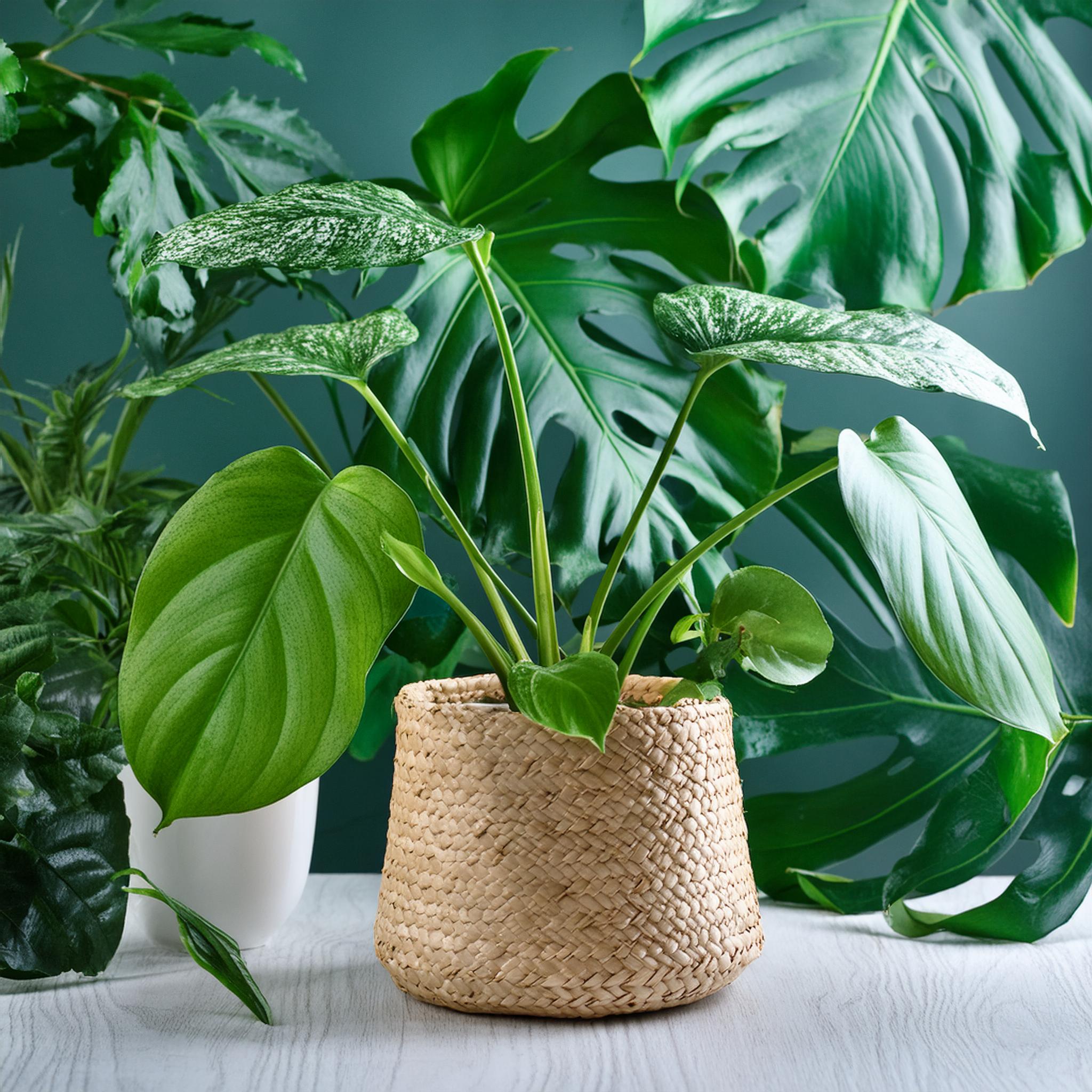 ## Characteristics of Araceae
## Characteristics of Araceae
Araceae, known for their unique inflorescence structure, primarily thrive in tropical and subtropical regions. However, their adaptability allows them to inhabit a range of environments, from rainforests to marshlands.
### Morphology
The most distinctive feature of Araceae is their inflorescence, comprising a spadix surrounded by a spathe. The spadix is a spike that bears tiny flowers, while the spathe is a large, often colorful bract that can be mistaken for a flower petal. This combination creates the striking appearance for which many aroids are renowned.
– **Leaves:** The leaves of Araceae are typically large, sometimes with intricate patterns or splits, contributing to their ornamental value. They can vary significantly in shape and size, from the heart-shaped leaves of Philodendron to the fenestrated (hole-filled) leaves of Monstera.
– **Roots:** Many Araceae species have unique root systems, including aerial roots that help anchor the plant and absorb moisture from the air. This feature is particularly common in epiphytic species like Philodendron and Monstera.
### Pollination
Pollination in Araceae is as fascinating as their morphology. Many species have evolved intricate relationships with their pollinators, often involving insects. Some aroids emit strong odors to attract specific pollinators. For example, the infamous Titan Arum (Amorphophallus titanum) emits a scent similar to rotting flesh to attract carrion beetles and flies.
### Habitat
While Araceae are predominantly tropical, they have adapted to a wide array of habitats. Some are terrestrial, thriving in the forest understory, while others are epiphytic, growing on trees and deriving moisture from the air. Aquatic aroids, like those in the genus Pistia, float on water surfaces and are common in wetlands.
## Popular Genera and Species
The Araceae family includes several popular genera that are widely cultivated for their ornamental value. Let’s explore some of the most notable ones:
### Anthurium
Anthuriums, also known as Flamingo Flowers, are renowned for their vibrant spathes and glossy foliage. They are primarily native to Central and South America.
– **Popular Species:**
– *Anthurium andraeanum*: Characterized by its red spathe and long-lasting flowers.
– *Anthurium scherzerianum*: Known for its curly orange spadix and red spathe.
Anthuriums thrive in high humidity and indirect light, making them ideal for indoor cultivation. Their striking appearance and relatively easy care have made them a favorite among houseplant enthusiasts.
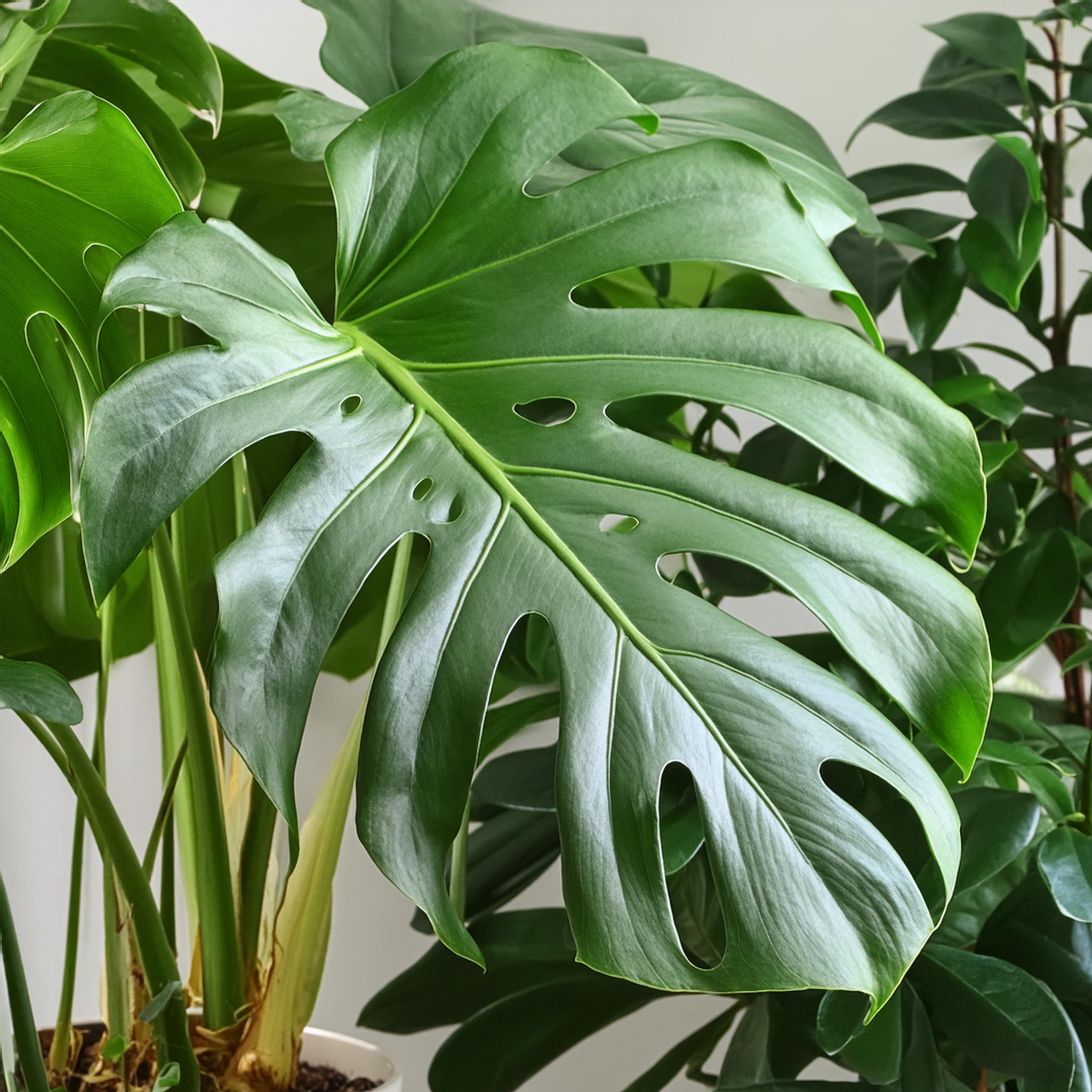 ### Philodendron
### Philodendron
Philodendrons are beloved for their lush, diverse foliage and ease of care. They are versatile, growing as climbers or non-climbing varieties.
– **Popular Species:**
– *Philodendron hederaceum*: Commonly known as Heartleaf Philodendron, it’s popular for its trailing habit and heart-shaped leaves.
– *Philodendron bipinnatifidum*: Also known as the Tree Philodendron, it has large, deeply lobed leaves.
Philodendrons are excellent for low-light conditions, and their air-purifying qualities add to their appeal as indoor plants.
### Monstera
Monstera, particularly the Monstera deliciosa, has become an icon in the world of houseplants, known for its large, fenestrated leaves.
– **Popular Species:**
– *Monstera deliciosa*: Often called the Swiss Cheese Plant, it is famous for its split and perforated leaves.
– *Monstera adansonii*: Known as the Swiss Cheese Vine, it features smaller leaves with distinctive holes.
Monstera plants are climbers that appreciate support and thrive in bright, indirect light. Their unique leaf structure and rapid growth make them a striking addition to any collection.
### Spathiphyllum
Commonly known as Peace Lilies, Spathiphyllum species are celebrated for their elegant white spathes and glossy green leaves.
– **Popular Species:**
– *Spathiphyllum wallisii*: Known for its compact size and prolific flowering.
– *Spathiphyllum cochlearispathum*: Larger and known for its broad leaves and tall spathes.
Peace Lilies are renowned for their air-purifying capabilities and tolerance of low-light conditions, making them popular choices for homes and offices.
### Alocasia
Alocasia species, often referred to as Elephant Ears, are admired for their striking, often large leaves with bold veining.
– **Popular Species:**
– *Alocasia amazonica*: Known for its dark green leaves with striking white veins.
– *Alocasia macrorrhiza*: Features massive leaves and a robust growth habit.
Alocasias prefer bright, indirect light and high humidity, and they add a dramatic touch to indoor and outdoor gardens.
### Zantedeschia
Zantedeschia, commonly known as Calla Lilies, are famous for their elegant, trumpet-shaped spathes.
– **Popular Species:**
– *Zantedeschia aethiopica*: The classic white Calla Lily, widely used in floral arrangements.
– *Zantedeschia elliottiana*: Known for its vibrant yellow spathes.
Calla Lilies are popular in gardens and as cut flowers due to their striking appearance and range of colors.
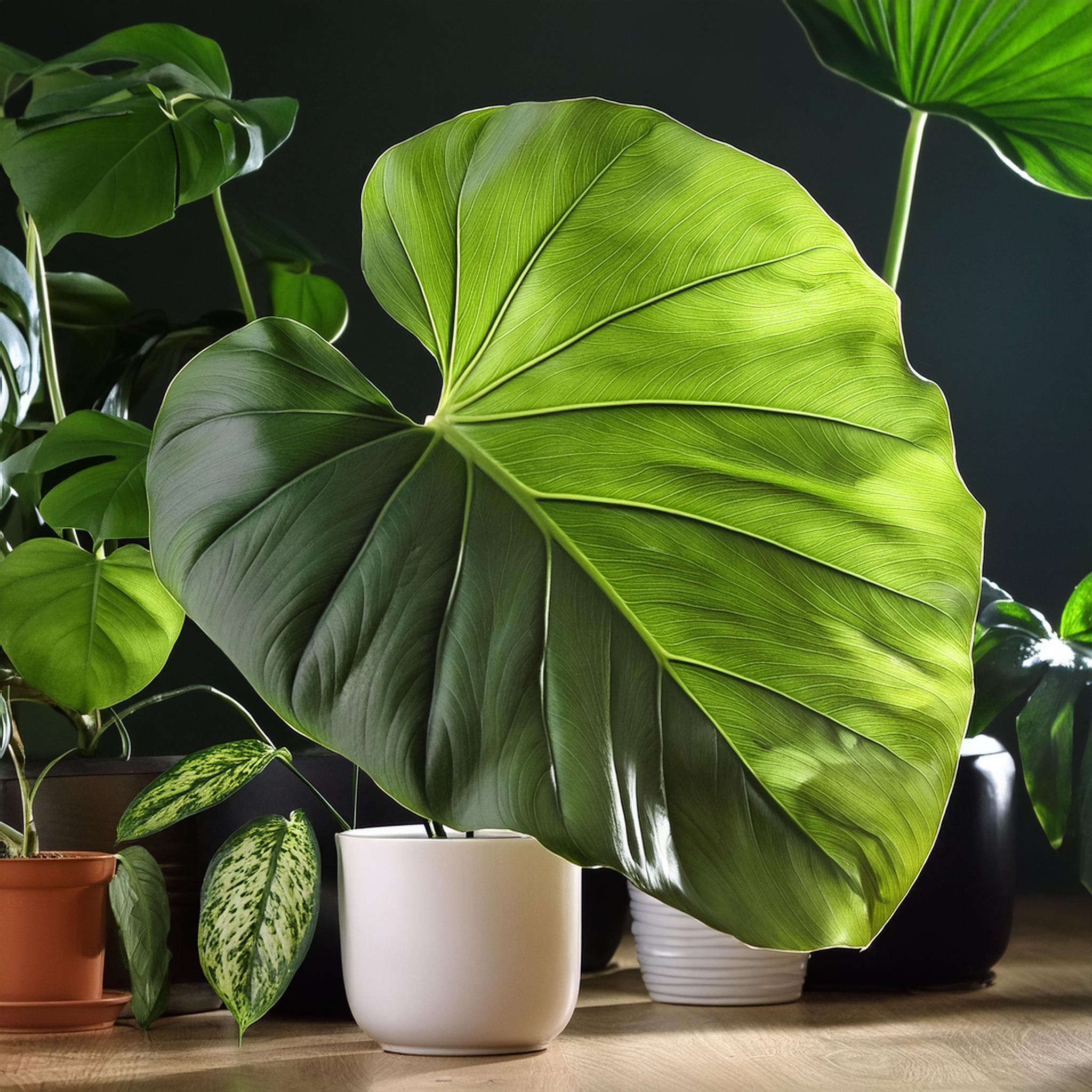 ### Dieffenbachia
### Dieffenbachia
Dieffenbachia, often called Dumb Cane, is a common houseplant known for its large, variegated leaves.
– **Popular Species:**
– *Dieffenbachia seguine*: Noted for its large, patterned leaves.
– *Dieffenbachia amoena*: Popular for its resilience and decorative foliage.
Dieffenbachias are easy to care for and thrive in low to medium light, making them suitable for various indoor settings.
## Ecological and Evolutionary Aspects
Araceae play significant roles in their ecosystems, contributing to biodiversity and providing habitats and food sources for various organisms.
### Evolutionary Adaptations
Araceae have evolved diverse forms and mechanisms to adapt to their environments. Their wide range of growth habits, from terrestrial to epiphytic, and their ability to thrive in different light and moisture conditions, illustrate their evolutionary success.
### Ecological Roles
– **Pollination:** Many aroids have specialized pollination mechanisms involving specific insects, which are crucial for their reproduction. The strong scents emitted by some species are adaptations to attract pollinators, ensuring successful fertilization.
– **Habitat Provision:** Epiphytic aroids, such as those in the Philodendron and Monstera genera, provide microhabitats for other organisms. Their leaves and roots can harbor insects and small animals, contributing to the complexity of forest ecosystems.
### Interaction with Humans
Araceae have been utilized by humans for centuries, not only as ornamental plants but also for their edible and medicinal properties. Some species, like *Colocasia esculenta* (Taro), are cultivated for their starchy corms, which are a staple food in many cultures.
## Cultural and Symbolic Significance
Araceae have significant cultural and symbolic importance across various societies. Their distinctive appearance and easy cultivation have made them symbols of beauty, resilience, and purity.
### Symbolism in Different Cultures
– **Peace Lily:** Known for its serene white spathes, the Peace Lily symbolizes peace, purity, and healing. It is often used in sympathy arrangements and as a token of goodwill.
– **Calla Lily:** The Calla Lily represents elegance and purity, often associated with weddings and religious ceremonies. Its graceful form has inspired artists and designers.
– **Philodendron:** In some cultures, the Philodendron symbolizes health and abundance due to its vigorous growth and lush foliage.
### Use in Art and Literature
Araceae have inspired countless works of art and literature. Their striking forms and vibrant colors have been captured in paintings, photographs, and poems, reflecting their beauty and the fascination they evoke.
## Cultivation and Care Tips
Growing Araceae can be a rewarding experience, whether
indoors or in the garden. Here are some general tips to ensure your aroids thrive:
### Light Requirements
Most Araceae prefer bright, indirect light. However, some, like Philodendron and Peace Lily, can tolerate lower light conditions. Providing the right light levels helps maintain healthy foliage and encourages flowering.
### Watering
Araceae generally prefer moist but well-draining soil. Overwatering can lead to root rot, so it’s essential to let the top inch of soil dry out between waterings. Aroids like Alocasia and Anthurium benefit from higher humidity levels, which can be achieved through regular misting or using a humidifier.
### Soil and Potting
A well-draining potting mix is crucial for Araceae. A mix containing peat, perlite, and bark is ideal, providing the necessary aeration and moisture retention. Repotting every 1-2 years helps accommodate growth and refresh the soil.
### Fertilization
During the growing season, a balanced liquid fertilizer can be applied monthly to support healthy growth. It’s important to avoid over-fertilizing, as this can cause leaf burn and inhibit plant health.
### Pruning and Maintenance
Regular pruning helps maintain the shape and health of your aroids. Removing yellow or damaged leaves and spent flowers encourages new growth and prevents disease.
### Propagation
Many Araceae can be propagated through division or stem cuttings. For example, Monstera and Philodendron can be propagated by cutting a section of the stem with aerial roots and planting it in water or soil.
 ## Common Problems and Solutions
## Common Problems and Solutions
Despite their resilience, Araceae can encounter issues. Here are some common problems and how to address them:
### Yellowing Leaves
Yellow leaves can be a sign of overwatering, underwatering, or inadequate light. Assess your watering routine and light conditions, and adjust accordingly.
### Pests
Araceae can attract pests like spider mites, aphids, and scale insects. Regularly inspecting your plants and treating infestations with insecticidal soap or neem oil can help keep pests at bay.
### Leaf Spot and Blight
Fungal and bacterial infections can cause spots and blights on the leaves. Ensuring good air circulation, avoiding overhead watering, and promptly removing affected leaves can prevent the spread of disease.
### Root Rot
Overwatering and poor drainage can lead to root rot, which can be fatal to the plant. To prevent root rot, allow the soil to dry out between waterings and ensure the pot has adequate drainage.
## Araceae in Horticulture and Landscape Design
Araceae are not only popular as houseplants but also have significant value in horticulture and landscape design.
### Indoor Decoration
With their striking foliage and unique forms, Araceae are perfect for adding a touch of the tropics to indoor spaces. They are often used as focal points in living rooms, offices, and conservatories.
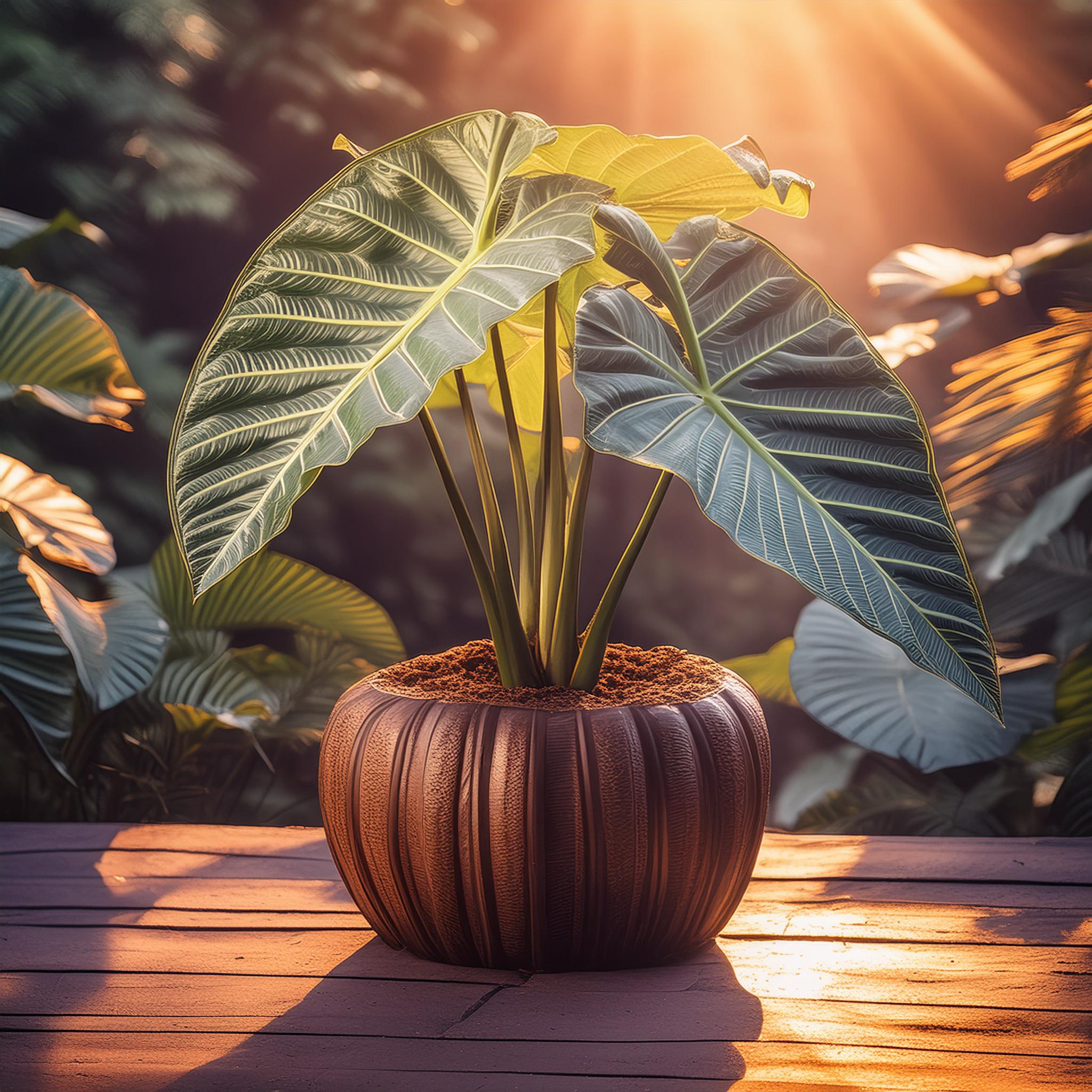 ### Garden Use
### Garden Use
In suitable climates, Araceae can be grown outdoors, adding lush, exotic appeal to gardens. Species like Alocasia and Colocasia are excellent for creating dramatic effects in tropical or subtropical gardens.
### Water Gardens
Aquatic and semi-aquatic aroids, such as those in the genus Pistia (Water Lettuce), are ideal for water gardens and ponds. They help maintain water quality and provide habitat for aquatic life.
### Floral Arrangements
The elegant spathes of Araceae, particularly those of Anthurium and Calla Lily, are popular in floral arrangements. Their long-lasting blooms and vibrant colors make them favorites among florists.
## Conservation and Threats
Despite their popularity, some Araceae species face threats from habitat loss and overharvesting. Conservation efforts are essential to preserve these unique plants for future generations.
### Habitat Destruction
Tropical deforestation and land conversion are significant threats to many Araceae species. Protecting their natural habitats is crucial for their survival.
### Overharvesting
Some Araceae, particularly those with high ornamental value, are at risk from overharvesting in the wild. Sustainable harvesting practices and cultivation can help mitigate this threat.
### Conservation Efforts
Botanical gardens and conservation organizations play vital roles in preserving Araceae species. Ex situ conservation, such as seed banks and living collections, helps safeguard genetic diversity.
## Future Prospects and Research
Research into Araceae continues to uncover new insights into their biology, ecology, and potential uses.
### Botanical Research
Ongoing studies aim to understand the evolutionary relationships within the Araceae family and their adaptations to different environments. This research helps inform conservation strategies and horticultural practices.
### Horticultural Innovations
Advancements in cultivation techniques, including tissue culture and hybridization, are expanding the availability and diversity of Araceae for enthusiasts and professionals alike.
### Sustainable Use
Exploring sustainable ways to utilize Araceae, such as in phytoremediation and bioenergy production, offers exciting prospects for the future. Their ability to thrive in various conditions and absorb pollutants makes them valuable in environmental management.
## Conclusion
The Araceae family is a testament to the incredible diversity and adaptability of flowering plants. From their unique inflorescences to their wide range of habitats, aroids captivate and inspire. Whether you’re a seasoned botanist, a passionate gardener, or simply someone who appreciates the beauty of plants, there is always something new to discover in the world of Araceae.
Embracing these fascinating plants in our homes and gardens not only enhances our environments but also connects us to the rich tapestry of life they represent. As we continue to explore and conserve Araceae, we ensure that their beauty and wonder remain part of our world for generations to come.
—
This blog provides a comprehensive overview of the Araceae family, offering insights into their characteristics, care, and significance. Whether you’re looking to deepen your knowledge or enhance your plant collection, the world of Araceae has something to offer everyone.
